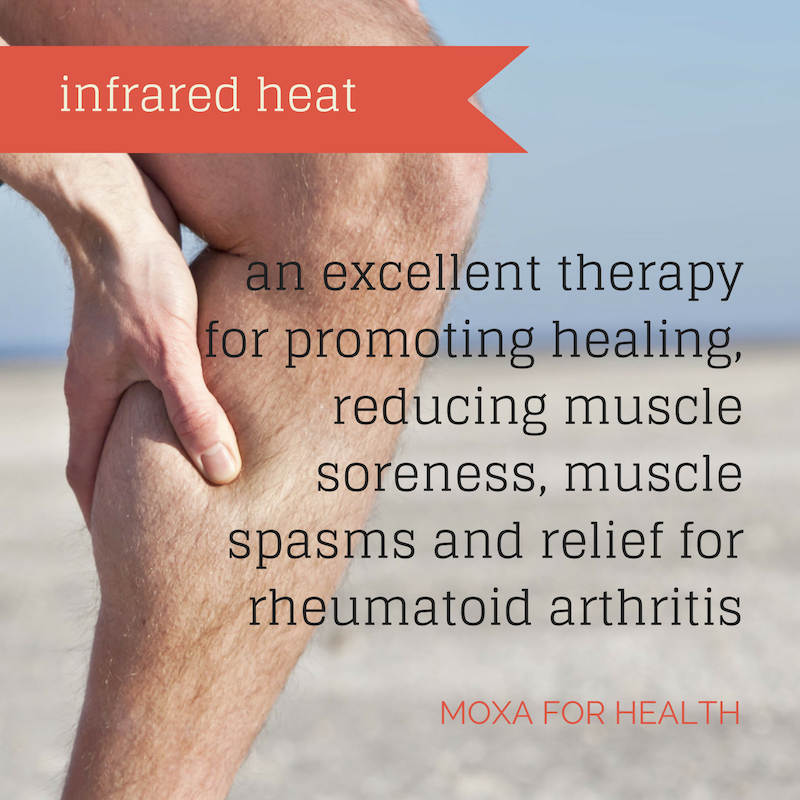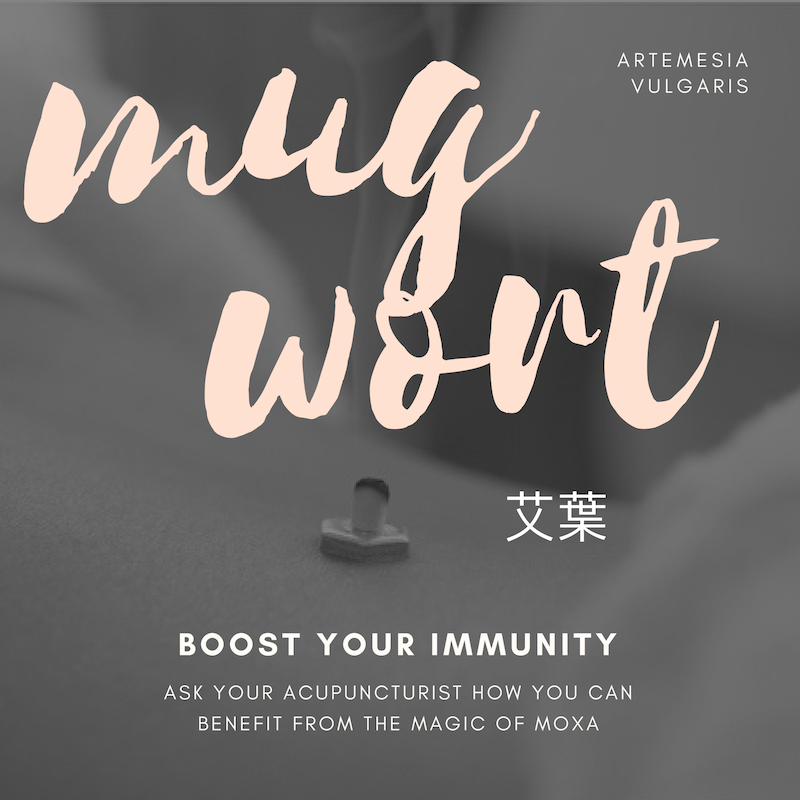Moxibustion 101
A 15 minute read by Kat M. Lui, LAcMany people have heard of, or experienced acupuncture using needles in modern Western society, but I’ll bet not many people here know about moxibustion (or moxa for short). Moxa has been described lovingly as "acupuncture's slightly older, orphaned sibling" by Merlin Young, co-founder of the MoxAfrica project. I’ll talk more about MoxAfrica later.
The term moxa refers to both the substance (the fine hairs of the mugwort plant) and the treatment (burning the herb in various ways) for therapeutic effects.
Fun Fact: There’s been something lost in translation! The original meaning of the Chinese characters for 'acupuncture' included moxibustion. Acupuncture and moxibustion come as a pair. They complement each other to form one mode of therapy. They are the right hand and left hand when it comes to healing through the ancient art of Chinese Medicine. A Chinese doctor from 1447 said “The one who knows acupuncture but does not know moxa, can never make a real physician”
Numerous clinical studies show that moxibustion increases white blood cells, produces infrared heat, increases hemoglobin and thus is great for boosting immune health.
In more specific Chinese Medicine terms, moxa is generally said to:
warm meridians and expel cold and damp. This is great for anyone who lives in cold climates or tends to get chilled easily.
induce the smooth flow of qi and blood and move stasis. This can be applied for people who feel a bit stuck, physically, or emotionally.
tonify yang and strengthen yang from collapse. Think of people who are overstressed, fatigued, and low energy, these are the folks who could use a yang boost.
prevent disease and maintain health.
Which brings us back to the MoxAfrica project. This project brings the long lost art of moxibustion to improve the efficacy of biomedical treatments for tuberculosis in Africa. Basically, some people with TB are refusing to take their life-saving medication because the side effects are so horrendous, that they actually choose death rather than take the medicine. But when people apply moxa to specific acupuncture points on a daily basis, the side-effects of tuberculosis medication is so much mitigated, that people are more willing to take the life saving drugs.
The project has become so successful that it has expanded to include North Korea.
Here’s the science: WBC are good for us - they ingest pathogens, produce antibodies, and increase immune function.
White blood cell count begins to increase immediately after direct moxibustion, and reaches a peak 8 hours later. This peak is maintained for 24 hours. The number remains elevated with moxibustion, but when applied continuously for six weeks, the increase is sustained for up to thirteen weeks after moxibustion is discontinued.
Direct moxibustion uses cones of moxa applied onto the skin. The cone is extinguished or removed before the skin is burned. The size of moxa cone varies depending on technique, but it can be as small as half a grain of rice. This is the main form of moxibustion I use in our clinic. Only 7% of all acupuncturists in the U.S. know how to use rice grain moxa.
In addition to the benefits of infrared heat, a biochemical analysis of pure grade moxa reveals a high concentration of cafeetannins. These compounds are anti-inflammatory, anti-oxidant and free-radical scavengers. That’s a lot of anti-bad stuff and free-good stuff.
There are many ways to apply moxa to acupuncture points and channels. They have various therapeutic effects. Some require the skills of a licensed acupuncturist, like warm needling, or burning cones of moxa directly on the skin. But others others are simple techniques that patients can do at home, like in the MoxAfrica project.
Moxa is scientifically proven to:
build immunity
decrease muscle and joint pain
decrease the side effects of Tuberculosis medication, and therefore helps to save lives
And there you have it, that’s the magic of mugwort, er, moxa (moxa just sounds so much more sparkly than mugwort!). A simple roadside weed that can boost your immunity and heal dis-ease.
“Do not believe just because wise men say so. Do not believe just because it has always been that way. Do not believe just because others may believe. Examine and experience yourself.”
To balance out all that science, here’s a haiku poem from 1694 that tells a tale of mugwort:
Spring Rain -
the mugwort grows
along a road with weeds
Indeed, this very common weed, Artemesia vulgaris, contains a plethora of healing qualities.













